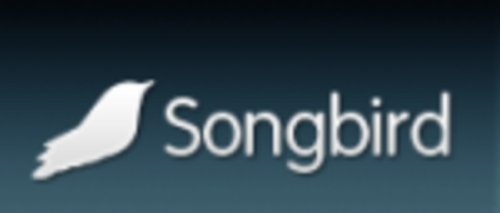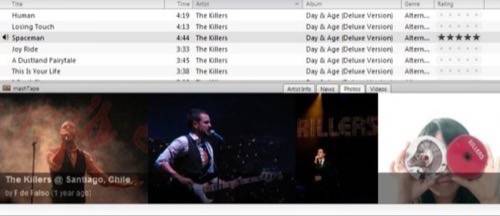Earlier this week, the open-source music player built on Mozilla technology, Songbird, finally made its 1.0 release. After being in development for two years, this version feels like the kind of solid media player we’ve been expecting and hoping for all along. Although nothing is entirely bug-free, this release worked smoothly, with both performance and stability seeming greatly improved. Combine that with its extendibility through the the use of add-ons, and you’ll find Songbird has a lot of promise as a worthwhile iTunes replacement.

What We Liked
When we looked at Songbird in the past, many readers were quick to point out the player’s sluggish experience, tendency to crash, and bugs. Whatever negative experiences you had before that drove you away from the software, now is the time to get it another shot.
This time around, the player felt fast, lightweight, and stable. It imported our iTunes library without a hitch, even the DRM-protected purchases and the accompanying metadata.
As we played tracks, an add-on called mashTape, one of the six default add-ons, let us delve into artist info, discography, links, news, and scroll through flickr photos and YouTube videos. Others that ship with the player out of the box include Last.fm, Concerts, and SHOUTcast radio. With these installed, you can sync your tracks to Last.fm’s online service, check out upcoming concerts in the area, and stream music over the internet using the player.

In addition, there are over 70 add-ons available for download from the Songbird site, including the recommended add-ons like LyricMaster, which puts the lyrics to your favorite tunes in the Songbird sidebar and MediaFlow which introduces a visually appealing cover flow view of your music.
Songbird is based on Mozilla’s Gecko engine, the same engine that powers Firefox. And like Firefox, Songbird also allows for tabbed browsing and themes, as well as the above-mentioned add-ons. The customization and extendibility Songbird provides are really what make the software so compelling.
What’s Missing
Of course, in pointing out Songbird’s strengths, we would be remiss if we left out its weaknesses, too. Major features found in iTunes are still missing from the 1.0 release. Songbird can’t automatically download album art, watch folders, offer feed management, or rip CDs. The roadmap promises these features are coming as is broader video support. However, considering it took the company two years to get to this point, some people may have trouble believing the promised February and April 2009 dates the roadmap lists.
For iPhone and iPod Touch users, iTunes will still be necessary as only iTunes allows for syncing those devices and the installation of apps. Even iPod users have reason to worry that Songbird will break at some point given Apple’s tendency to shut down attempts to reverse-engineer their software.

Why Apple Should Be Scared
Focusing solely on the missing features that make Songbird feel incomplete is near-sighted to say the least. Fast-forward to next year and you’ll have a lot less to complain about. Remember, too, that the web browser you know and love as Firefox 3 didn’t start off complete with an awesome bar, integrated add-on installer system, and full-page zoom, either.
What Songbird delivers is something Apple can’t: a more open version of iTunes that runs on PC, Mac, and Linux machines. Apple’s locked-down and closed iTunes player lets Songbird comfortably find its niche as the open, alternative music player, much as Firefox became the alternative web browser. If the company ever reaches the point where it can match every one of iTunes features and provide the customization aspect, the decision to switch will become a no-brainer. Why have less when you can have more?
Today’s Songbird is no iTunes killer…at least not at the moment. We’re just not there yet – maybe we’ll never be – but we’re definitely enjoying watching the company give it a try.










